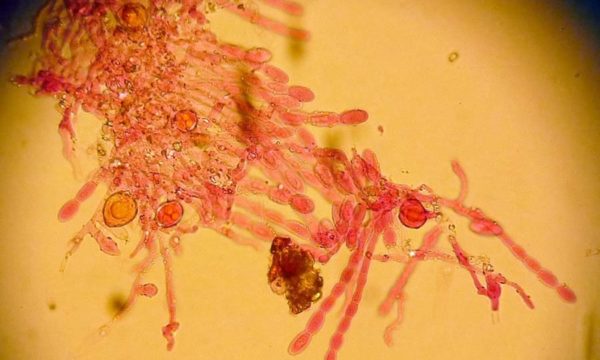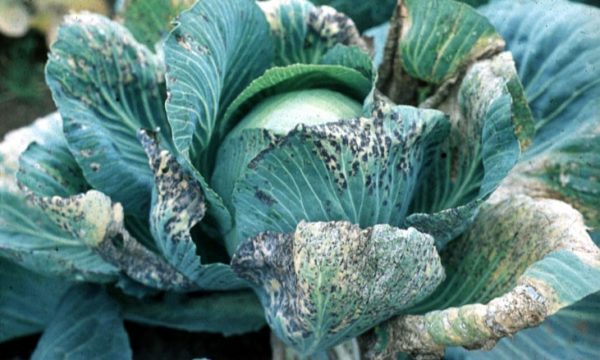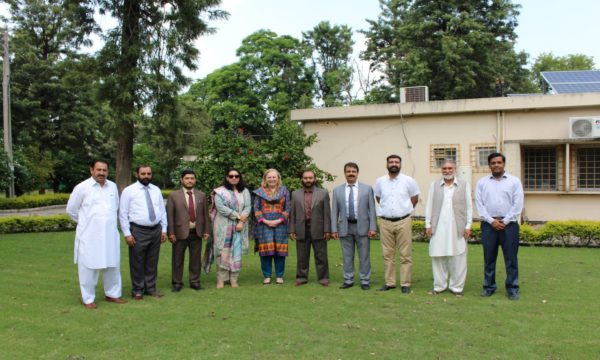Ahhh, Paris! City of food and fashion…But the latest trend to hit
the food industry is certainly no fad. Personalised nutrition is the ‘new black’
in the world of food. No longer do we need to embarrass ourselves by appearing
at the supermarket with a trolley full of identical shopping to our neighbour.
Whether or not you’re wearing the same shoes, you almost definitely won’t be
eating the same food.
While the science of nutrigenomics may be another decade away from the
supermarket shelves, it is on the tip of the tongue of every molecular
nutritionist these days. And many of these were assembled in Paris at the end of
last week for the two-day Nutrigenomics
2008 meeting. Organised by the International
Society of Antioxidants in health and Nutrition, the meeting brought
together the academics and R&D teams from across the globe who are
developing, or should I say, designing the future of food.
Vive la difference!
The science of nutrigenomics has become very well established in a relatively
short time. The term has been appearing on the CAB
Abstracts database since not long after it was first coined way back in the
late 1990’s. ‘Nutrigenomics’ was awarded thesaurus status in the summer of 2004,
making all the relevant literature even easier to track down. A year later, Dolores
Corella and Jose Ordovas had already reviewed the field using the example of
cardiovascular diseases, where the interactions between the human genome, diet
and disease were being explored extensively. Further developments were discussed
in January this year, when Anne-Marie Minihane’s work at Reading was given
special attention on www.nutritionandfoodsciences.org.
In the interim, a whole family of ‘omics’ research has sprung up, mushroom-like
in the field of molecular medicine, ranging from genomics to metabonomics and
covering everything in between.
Nutritionally, however, the important thing to understand so far is the
difference between nutrigenomics and nutrigenetics, according to Dr. Siân
Astley, communications manager of the European
Nutrigenomics Organisation. Reporting on her opening presentation at Nutrigenomics
2008, Nutra-Ingredients.com
quoted Astley’s differentiation of the way in which food and its component
nutrients affect the genome (in terms of altering gene expression, the
nutrigenomics) between the effect that an individual’s genetic makeup has on the
response to the diet (known as nutrigenetics).
Integrating all these pieces of the puzzle would have a profound effect, not
only on our understanding of the complex relationships between the human body
and the food we give it, but on turning this to our advantage through applying
this knowledge to ourselves and, importantly, to our food.
Prêt à manger?
The food industry, naturally has already caught on to this potential. As Dr.
Martin Kussman, group leader of functional genomics at Nestlé was reported as
saying on yesterday’s Nutra-Ingredients.com, ‘We see it as the future. Adding
value through functionality is where the margin is.’ Nestlé, along with other
major food corporates, has a long history of investment into food functionality,
so they should know.
While the potential for tackling disease and affording the population a healthy
retirement, whatever their genetic disposition has hogged the spotlight for some
time, Kussman sees far wide implications, including sports nutrition. In fact
anywhere where genetics and nutrition both make a difference, there is a
potential application for the technology.
Personalised nutrition is going to be big. Very big. And as long as it stays
with the food industry and doesn’t get gobbled up by the pharmaceutical giants,
it will be as tasty as it is healthy. Maybe they can even add in a personalised
menu to match.
A word of warning, though, if you’re already navigating off to hunt down one
of the testing kits available on the internet: Personalised nutrition needs
personalised testing.
A one size fits all approach simply doesn’t work with nutrigenomics. That
applies equally to the tests and to the advice. The science simply isn’t strong
enough yet to mix nutrigenetics with nutrigenomics and come up with something
that will satisfy your body’s individual needs as much as your taste buds.
Related News & Blogs
Transforming agriculture with drones: empowering youths for a sustainable future
On this UN World Youth Skills Day 2023 (Saturday, 15 July), we celebrate the transformative power of skill development in shaping the lives of young individuals and creating a brighter future, writes Violet Ochieng’ – winner of the Carol Ellison Scienc…
14 July 2023




